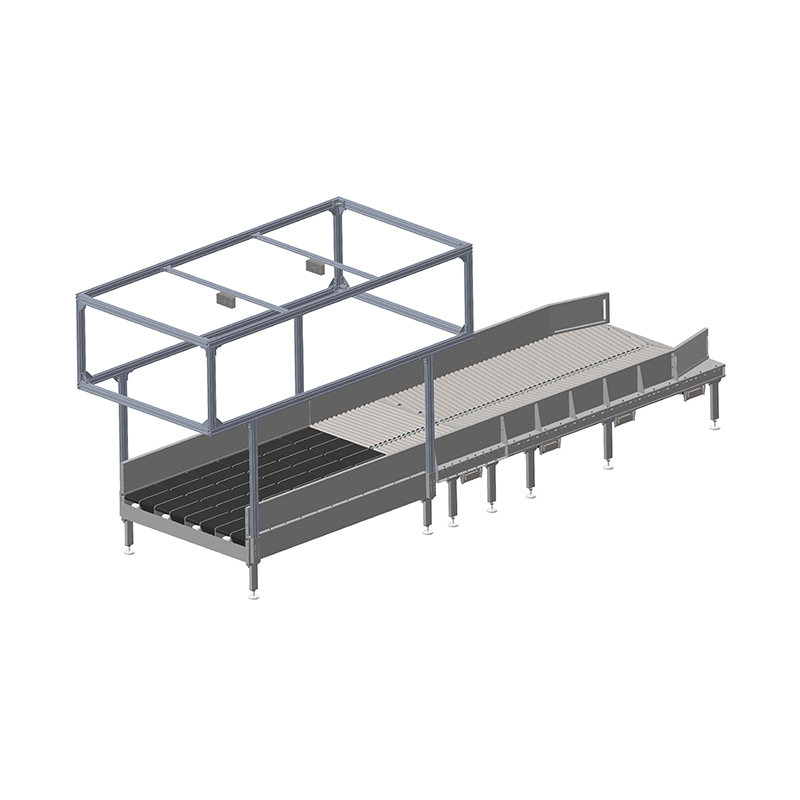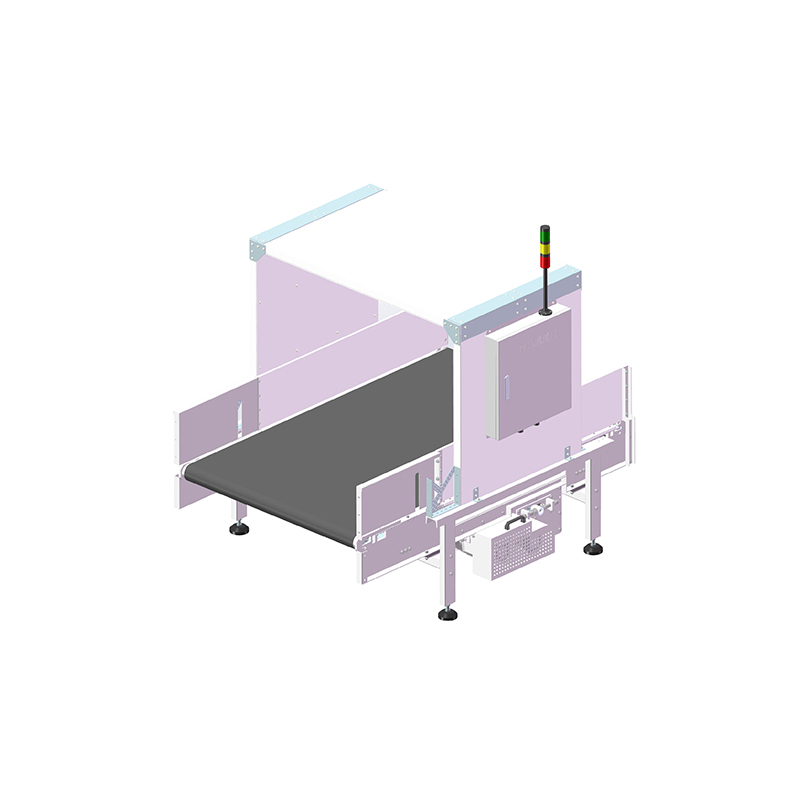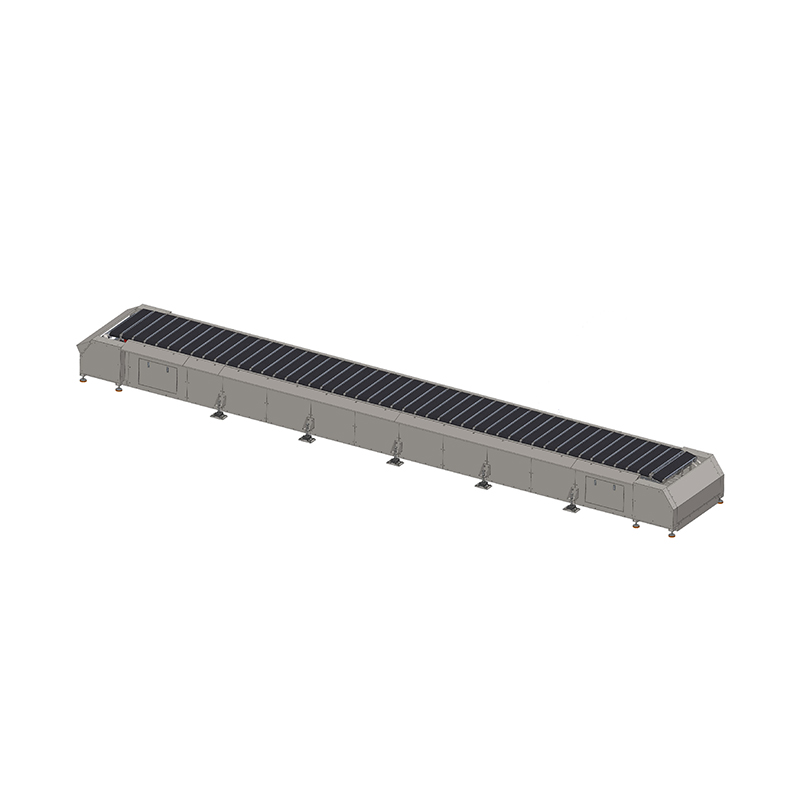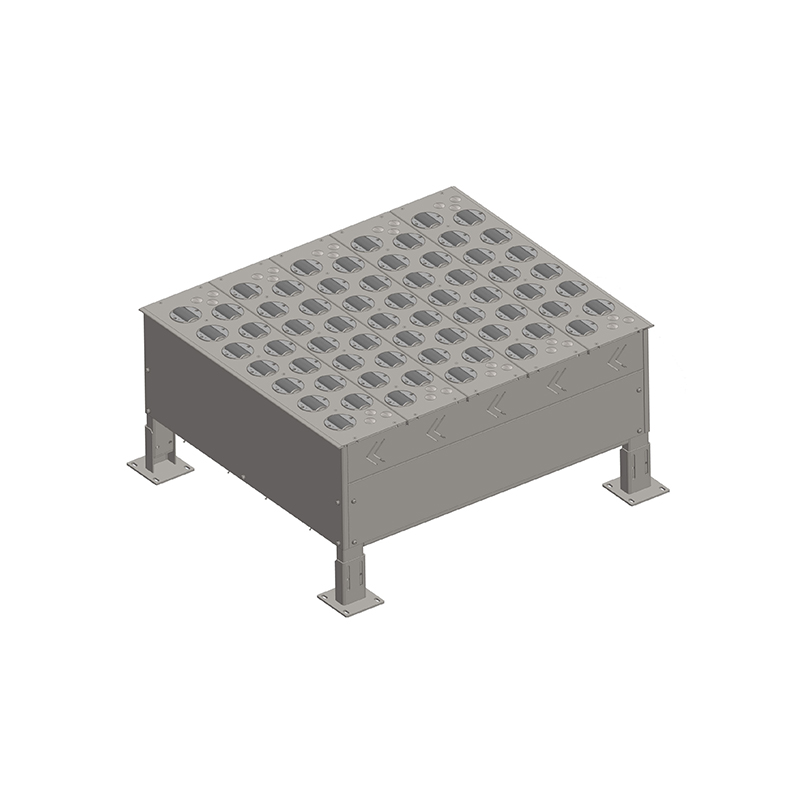China's Logistics Revolution: How Narrow-Band Tech is Redefining Sorting Efficiency
Release Time : 2025-06-27
1. What is a narrow-band sorting machine?
A narrow-band sorting machine is an automated device that implements sorting operations based on narrow-band transmission belts and drive modules. It is often used for automatic diversion of parcels and small and medium-sized goods. Its core features are compact structure, flexible layout, stable operation, and adaptability to a variety of package sizes and weights. It is suitable for a variety of application scenarios such as express delivery, e-commerce warehousing, and factory production lines.
2. Continuous expansion of application scenarios
With the annual average domestic express delivery volume exceeding 100 billion pieces, major express delivery companies and third-party logistics platforms in China have upgraded their sorting systems, and narrow-band sorting machines have been widely deployed in the following scenarios:
Express delivery transfer center: Head companies such as ZTO, Yunda, and Yuantong have deployed distribution hubs across the country, using narrow-band sorting machines to replace manual sorting, greatly improving operating efficiency.
E-commerce warehousing center: In self-built or cooperative warehouses of JD.com, Pinduoduo, Vipshop, etc., narrow-band sorting machines can be linked with order management systems to achieve accurate delivery.
Urban distribution sites: In the urban terminal distribution link, narrow-band sorting equipment is favored because of its small footprint and flexible installation, and is particularly suitable for sites with fast turnover and high-density sorting.
Manufacturing production line docking: Some factories have also introduced such equipment in the internal logistics link to achieve automatic material sorting and classified warehousing, and improve the level of factory automation.
3. Core advantages are highlighted
The advantages of narrow-band sorting machines in actual operations are becoming increasingly obvious, which has become an important reason for their rapid popularization:
High sorting efficiency: The single-line sorting capacity can reach 6,000-8,000 pieces/hour, which effectively alleviates the backlog of packages during peak hours.
Low-noise operation: The equipment noise is less than 72 decibels, which improves the comfort of the working environment and is suitable for nighttime or human-machine coexistence scenes.
Strong layout flexibility: The modular design supports multiple layout forms such as L-type, U-type, and ring-shaped, which is easy to adapt to different venues.
Easy maintenance: Standardized parts design, convenient daily maintenance, and reduced operation and maintenance costs.
Strong compatibility with information systems: It can be seamlessly connected with WMS, TMS and other systems to achieve intelligent operation.
4. Market development trend
According to relevant data, the scale of China's logistics automation equipment market has exceeded 150 billion yuan in 2024, of which the proportion of narrow-band sorting machines continues to increase. In the next few years, with the rise of emerging demands such as e-commerce sinking, cold chain logistics, and new energy logistics, narrow-band sorting equipment will continue to expand in the following aspects:
Penetration into the central and western regions and county markets: Automated equipment will sink to more provincial and county-level logistics nodes;
Extension to multi-temperature zones and multi-category sorting: Adapt to the processing needs of special commodities such as fresh food, electrical appliances, and medicines;
Integration with AI recognition and visual detection: Further improve the level of intelligence, realize disordered loading of packages, automatic recognition, and dynamic adjustment of sorting paths.
5. Conclusion
As an important supporting equipment for logistics automation, narrow-band sorting machines have been widely used in China's logistics sorting centers, and continue to play the advantages of efficiency, flexibility, and intelligence. With technological advancement and market expansion, its value in the logistics industry chain will become more prominent in the future, and it will be one of the key forces to promote the high-quality development of the industry.








